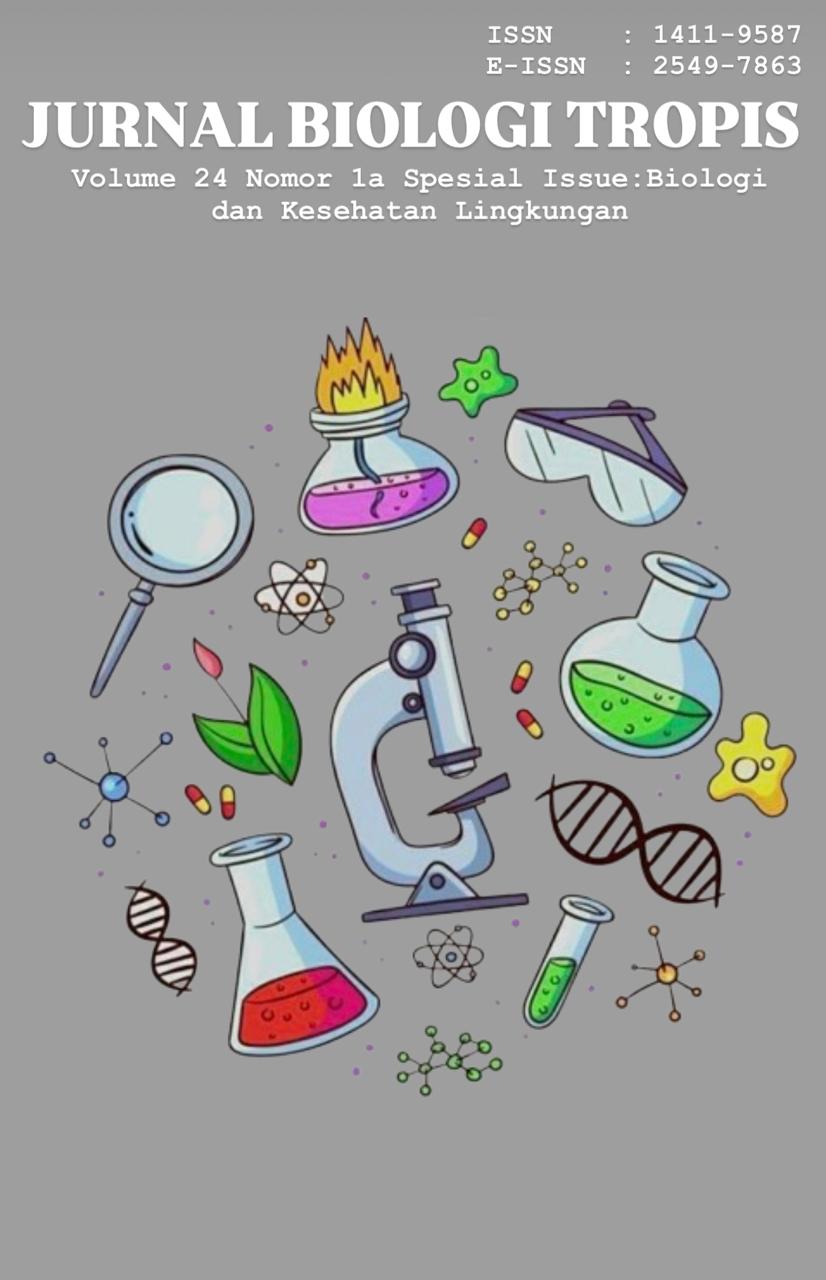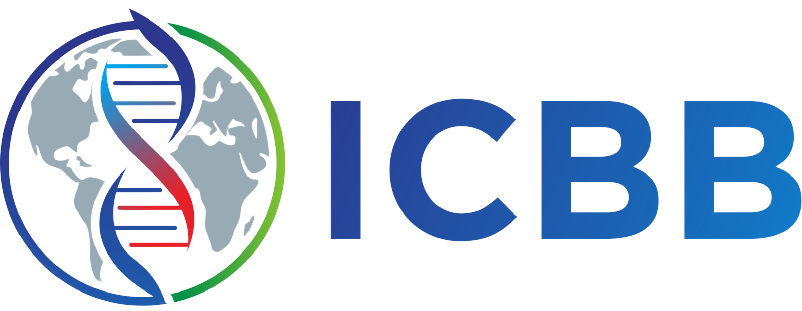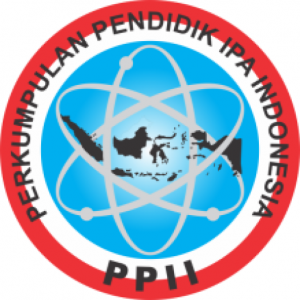Reye’s Syndrome: Issues, Clinical Manifestations, and Management
Authors
Prananda Rizki Pramudia , Citra Ayu Saraswati , Qashrina Vania Fildzani , Baiq Kayla Srigede , Anjela Fatma Lovely , Arif ZuhanDOI:
10.29303/jbt.v24i1b.7796Published:
2024-12-05Issue:
Vol. 24 No. 1b (2024): Special IssueKeywords:
Clinical manifestations, issues, management, reye’s syndrome.Articles
Downloads
How to Cite
Downloads
Metrics
Abstract
Reye's syndrome is a rare disease that has the potential to damage several organs, particularly the brain and liver. The exact cause remains unknown, but several cases suggest a link to viral and bacterial infections, especially Influenza and Varicella. The clinical symptoms of Reye's syndrome include altered consciousness, fever, seizures, lethargy, vomiting, tachycardia, respiratory rhythm disturbances, changes in muscle tone, altered reflexes, and reduced urine production. This study aims to understand the clinical characteristics and evaluate the effectiveness of management in patients with Reye's syndrome through a literature review. The findings indicate that Reye's syndrome frequently affects children following viral infections, with initial symptoms of vomiting and altered consciousness progressing to coma. Laboratory tests reveal elevated liver enzymes and hypoglycemia, while prompt management, such as stabilizing vital functions and managing intracranial pressure, can improve prognosis. In conclusion, Reye's syndrome requires rapid intervention to prevent further organ damage, and education on the risks of aspirin use in children with viral infections, along with early intervention, is crucial to reducing morbidity and mortality associated with this condition.
References
Azizi, A. and Sedaghattalab, M. (2019) ‘Non Salicylate-Associated Reye Syndrome: A Case Report’, ACTA MEDICA IRANICA [Preprint]. Available at: https://doi.org/10.18502/acta.v57i5.1871.
Bereda, G. (2022) ‘Etiology, pathophysiology and management of reye’s syndrome’, Journal of Pediatrics & Neonatal Care, 12(3), pp. 131–134. Available at: https://doi.org/10.15406/jpnc.2022.12.00469.
Burle, S. and Desai, V. (2017) ‘Managing Risk of Reye's Syndrome in Children on Long-Term Aspirin treatment’, European Journal of Medical Case Reports, pp. 106–107. Available at: https://doi.org/10.24911/ejmcr/1/23.
Chornomydz and Boyarchuk (2017) ‘Reye (Ray’S) Syndrome: a Problem Everyone Should Remember’, 272, pp. 110–118.
Dash, S. et al. (2024) ‘Why Pharmacovigilance of Non-steroidal Anti-inflammatory Drugs isImportant in India?’, Endocrine, Metabolic & Immune Disorders - Drug Targets, 24(7), pp. 731–748. Available at: https://doi.org/10.2174/0118715303247469230926092404.
Dinakaran, D. and Sergi, C.M. (2018) ‘Co‐ingestion of aspirin and acetaminophen promoting fulminant liver failure: A critical review of Reye syndrome in the current perspective at the dawn of the 21st century’, Clinical and Experimental Pharmacology and Physiology, 45(2), pp. 117–121. Available at: https://doi.org/10.1111/1440-1681.12861.
Farrell, M.K. (2022) ‘50 Years Ago in T J P’, The Journal of Pediatrics, 244, p. e10. Available at: https://doi.org/10.1016/j.jpeds.2022.02.029.
Ferretti, S., Gatto, A., Curatola, A., Pansini, V., Graglia, B., & Chiaretti, A. (2021). Atypical Reye syndrome: three cases of a problem that pediatricians should consider and remember. Acta Bio Medica: Atenei Parmensis, 92(Suppl 1). https://doi.org/10.23750/abm.v92iS1.10205.
Hongo, T., Momoki, N., Mae, S., Nozaki, S., Takahashi, K., & Fujiwara, T. (2020). A rare case of Reye's syndrome induced by influenza A virus with use of ibuprofen in an adult. Acute Medicine & Surgery, 7(1), e457. https://doi.org/10.1002/ams2.457.
Kim, B., Cho, J. Y., Song, I., & Oh, J. (2024). Pharmacogenetic Analysis of an 8-Year Old Girl with Reye Syndrome Associated with Use of Naproxen. The American Journal of Case Reports, 25, e942242-1. https://doi.org/10.12659/AJCR.942242.
Kwon, J.E., Roh, D.E. and Kim, Y.H. (2020) ‘The Impact of Moderate-Dose Acetylsalicylic Acid in the Reduction of Inflammatory Cytokine and Prevention of Complication in Acute Phase of Kawasaki Disease: The Benefit of Moderate-Dose Acetylsalicylic Acid’, Children, 7(10), p. 185. Available at: https://doi.org/10.3390/children7100185.
Liu and Qi (2019) ‘A Severe Case of Reye’s Syndrome with Multiorgan Dysfunction after Epstein-Barr Virus Infection’, Chinese Medical Sciences Journal, 0(0), p. 273. Available at: https://doi.org/10.24920/003536.
Magrum, B.G. and Pickworth, K.K. (2020) ‘Aspirin rechallenge in an adult patient previously diagnosed with Reye syndrome’, American Journal of Health-System Pharmacy, 77(2), pp. 123–127. Available at: https://doi.org/10.1093/ajhp/zxz276.
Moatasim, A., Haque, A.U. and Rizwan, H. (2018) ‘Reye’s Syndrome: Diagnosed on a Postmortem Needle Liver Biopsy in an Unexplained Death’, 4. Available at: https://jpathology.com/index.php/OJS/article/view/40.
Noor, A. and Gradidge, E. (2018) ‘A Case of Reye Syndrome Caused by Influenza A Virus’, Ochsner Journal, 18(4), pp. 425–427. Available at: https://doi.org/10.31486/toj.18.0098.
Pessoa, F. S., Lacerda, E. M. D. C. B., Gonçalves, V. C., & Tanaka, B. N. (2021). Case report: MIS-C temporarily associated With COVID-19 complicated by Reye's syndrome. Frontiers in pediatrics, 9, 650697. Available at: https://doi.org/10.3389/fped.2021.650697.
Popa, S. L., Chiarioni, G., David, L., Golea, G. I., & Dumitrascu, D. L. (2020). Rare causes of emesis. Medicine and Pharmacy Reports, 93(2), 127. Available at: https://doi.org/10.15386/mpr-1509.
Pribožič, L., Tanšek, M. Ž., Herga, P., Osredkar, D., Osredkar, S. R., Vidmar, I., ... & Groselj, U. (2021). Reye Syndrome with Severe Hyperammonemia and a Good Neurological Outcome. The American Journal of Case Reports, 22, e932864-1. https://doi.org/10.12659/AJCR.932864.
Rizky (2022) ‘Aspirin Sebagai Faktor Risiko Utama Sindrom Reye’, PrimA: Jurnal Ilmiah Ilmu Kesehatan, 7(1). Available at: https://doi.org/10.47506/jpri.v7i1.
Sari, R.A.P. (2018) ‘Asosiasi Penggunaan Aspirin pada Viral Infection dengan Sindrom Reye’.
Shulhai, O.M., Kinash, M.I. and Shulhai, A.-M.A. (2022) ‘Reye’s-like syndrome in 13-year-old child (a case report)’, Zaporozhye Medical Journal, 24(1), pp. 138–142. Available at: https://doi.org/10.14739/2310-1210.2022.1.238606.
Singh, R., Tiwari, M. K., Gangopadhyay, D., Mishra, P. C., Mishra, H., Srivastava, A., & Singh, R. K. (2018). Detection and monitoring of in vitro formation of salicylic acid from aspirin using fluorescence spectroscopic technique and DFT calculations. Journal of Photochemistry and Photobiology B: Biology, 189, 292-297. https://doi.org/10.1016/j.jphotobiol.2018.11.004.
Tein, I. (2015) ‘Impact of fatty acid oxidation disorders in child neurology: from Reye syndrome to Pandora’s box’, Developmental Medicine & Child Neurology, 57(4), pp. 304–306. Available at: https://doi.org/10.1111/dmcn.12717.
Uppala, R., Dudiak, B., Beck, M. E., Bharathi, S. S., Zhang, Y., Stolz, D. B., & Goetzman, E. S. (2017). Aspirin increases mitochondrial fatty acid oxidation. Biochemical and biophysical research communications, 482(2), 346-351. Available at: https://doi.org/10.1016/j.bbrc.2016.11.066.
Visagie, J.L. and Aruwajoye, G.S. (2024) ‘Pharmacokinetics of aspirin: evaluating shortcomings in the literature’. Available at: https://doi.org/10.1080/17425255.2024.2386368.
License
Copyright (c) 2024 Prananda Rizki Pramudia, Citra Ayu Saraswati, Qashrina Vania Fildzani, Baiq Kayla Srigede, Anjela Fatma Lovely, Arif Zuhan

This work is licensed under a Creative Commons Attribution 4.0 International License.

Jurnal Biologi Tropis is licensed under a Creative Commons Attribution 4.0 International License.
The copyright of the received article shall be assigned to the author as the owner of the paper. The intended copyright includes the right to publish the article in various forms (including reprints). The journal maintains the publishing rights to the published articles.
Authors are permitted to disseminate published articles by sharing the link/DOI of the article at the journal. Authors are allowed to use their articles for any legal purposes deemed necessary without written permission from the journal with an acknowledgment of initial publication to this journal.


























